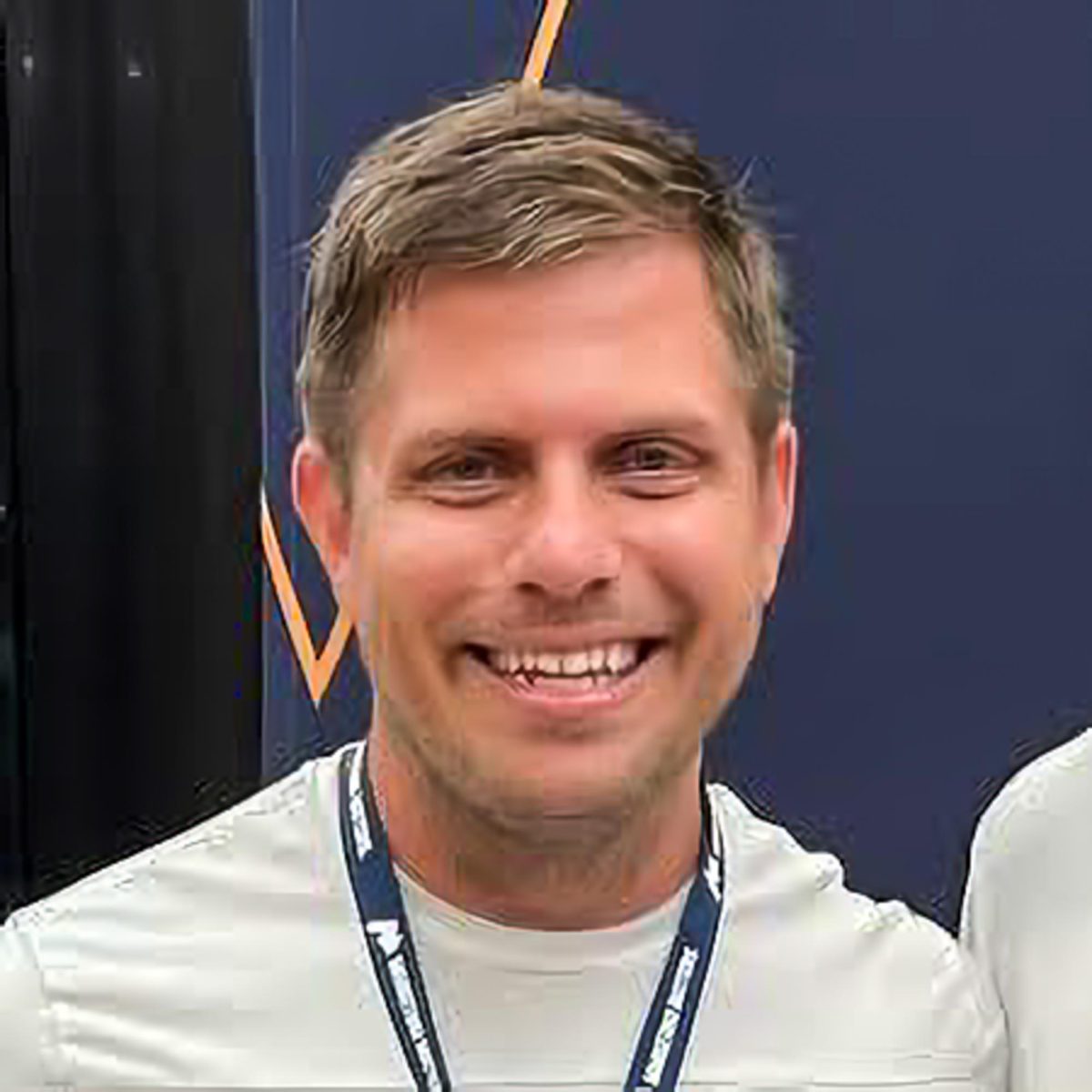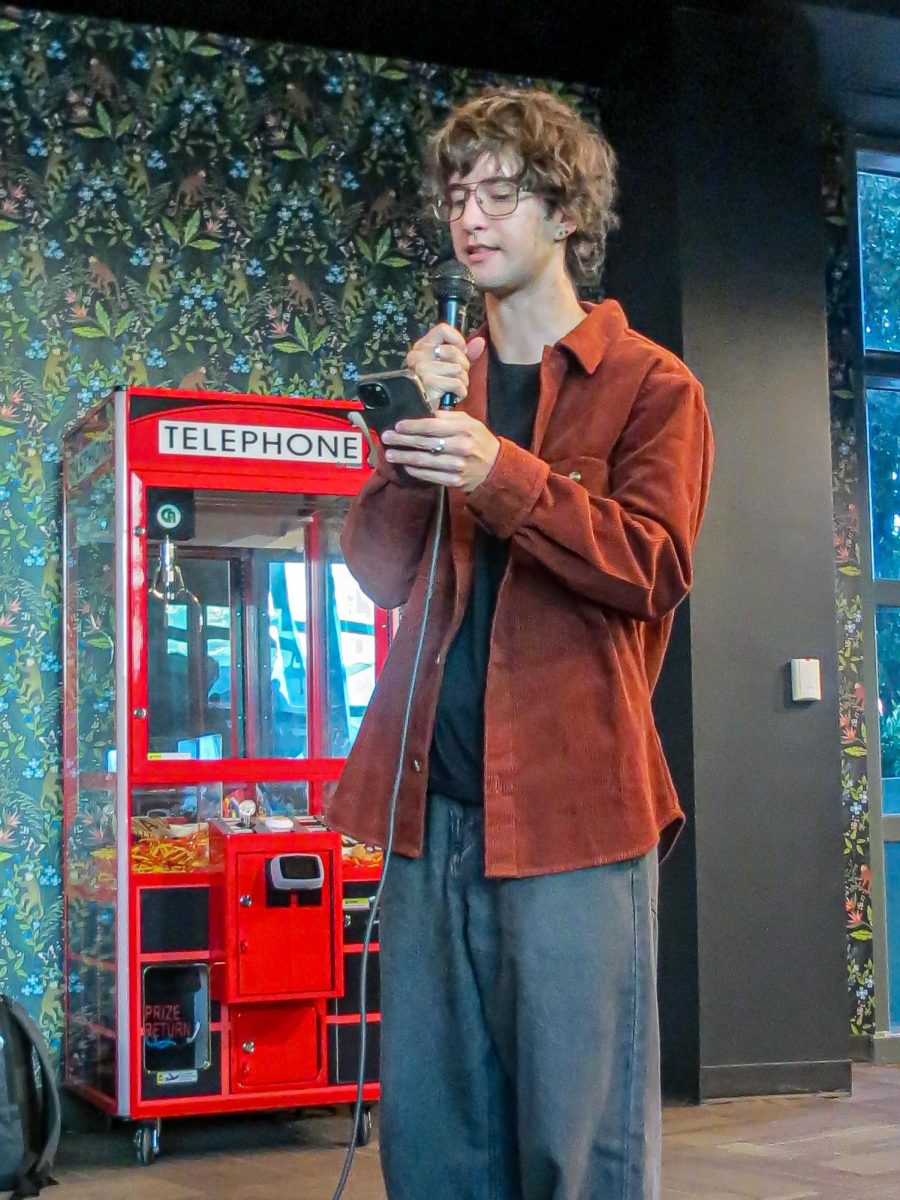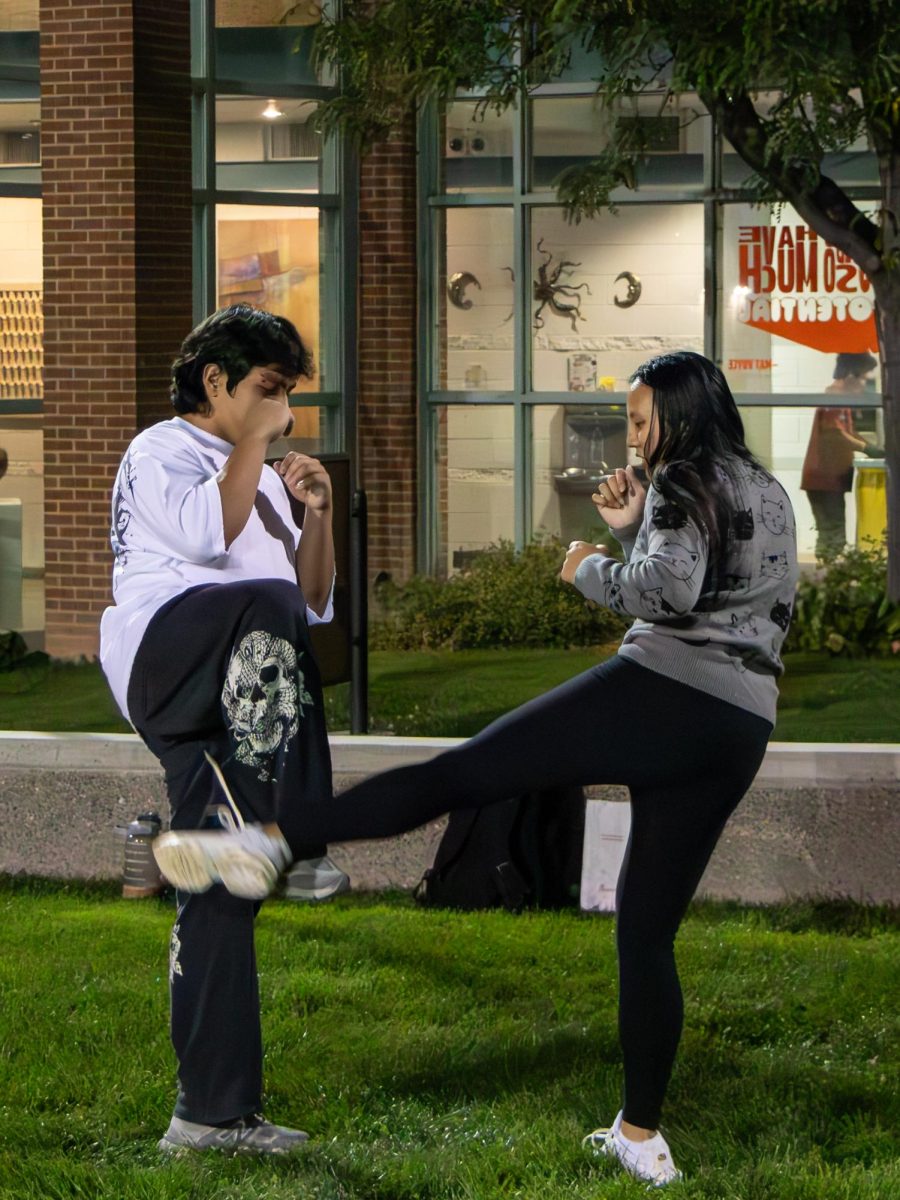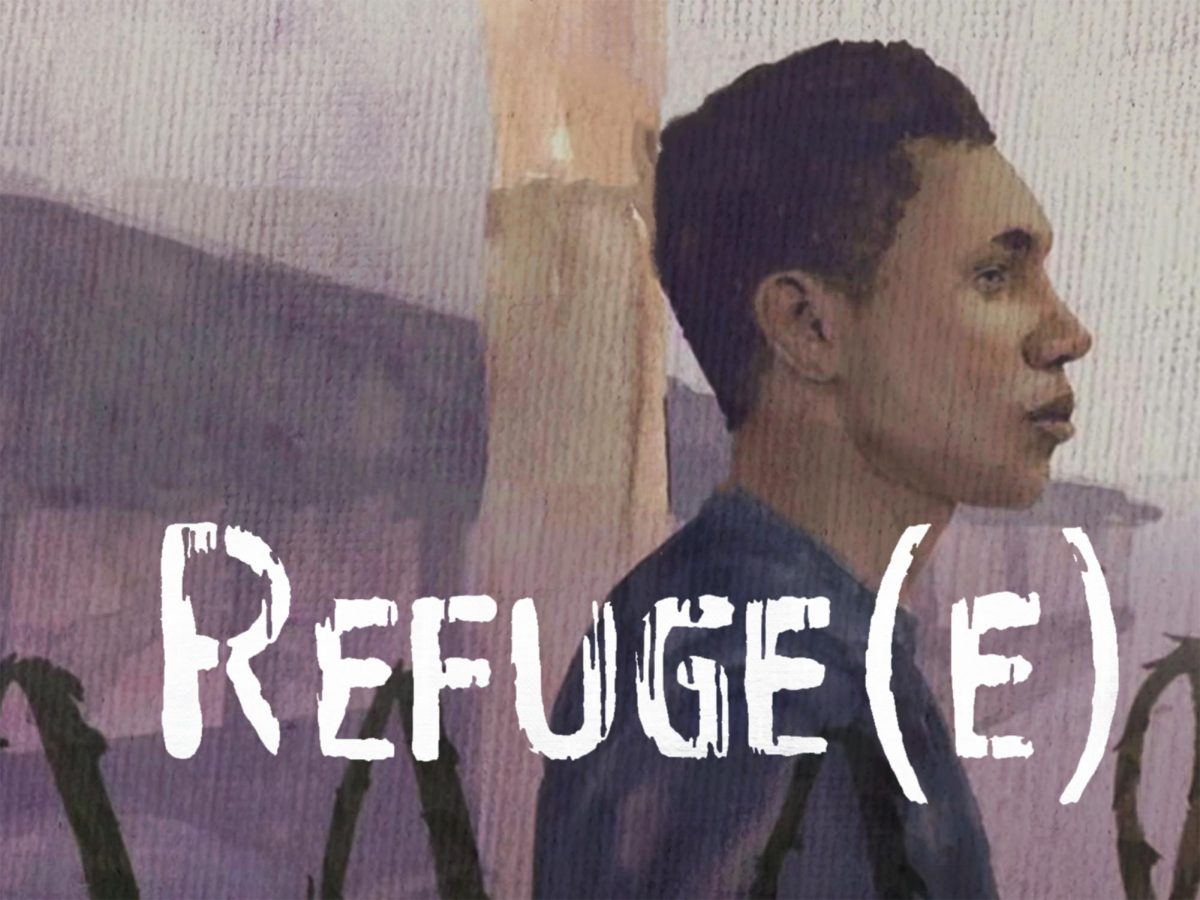Within the social sciences department of Colorado Mesa University comes a brand-new major: Applied Anthropology and Geography. This is a major that integrates three primary fields: archeology, forensic anthropology and geography.
The major was created by Drs. John Seebach, Tammy Parece and Melissa Connor each working in archeology, geography and forensic anthropology, respectively. Together they shaped the new major to include 59 credits that include many of the current courses and will make it fairly easy for students to switch to the new major and use the credits towards it.
The main purpose of the major is to show the various ways that social sciences can be applied to real-world scenarios and gain employable skills. While it includes several existing classes, there is a huge component that the major is focusing on: Geographic Information System, or GIS. GIS is essential to the program as it offers a great tool to analyze spatial data.
“Anything that has a spatial component, anything to do with humans, essentially, can be thrown into the GIS and analyzed,” Dr. John Seebach said.
“Archeology is a natural partner to GIS since we deal with sites on the landscape and how to manage them.”
Spatial data covers a very broad spectrum as it is everything about humans. When there is a map on CNN or some other news source where they are looking at something like voting percentages and demographics, that is a utilization of spatial data. Then the data is plugged into GIS and it can be interpreted and analyzed much easier.
It doesn’t stop at GIS, as there is the CMU body farm in Whitewater for those that would like to study forensic anthropology. The main focus of the body farm is to study how bodies decompose in a desert environment, and once the students learn what happens, they can plug it into GIS as it is also spatial data bringing it full circle.
[media-credit name=”Courtesy of John Seebach taken by Laureen Cantwell” align=”alignright” width=”282″] [/media-credit]
[/media-credit]
An archeological field school is also usable by the students. They can learn how to survey, excavate, record archeological sites and use GPS technology. Learning how to use the GPS technology will ultimately lead to more data for GIS and ties the geography back into the mix.
There is also an internship that will be offered to students that will entrust them with a body of data where they will be analyzing it through GIS in various ways. This offers a very hands-on approach to the field.
“Social science is very active, analytical and research oriented. We are trying to show kids that it isn’t all reading books,” Seebach said.
“This is not just a classroom-based program. We are going to be out collecting data and doing lots of cool things.”
A big selling point for the major is the fact that it will be a unique hands-on approach. Students will be able to go out to their fields of study and actually experience what the real job would be like. The program is field oriented and works on employable skills and when the major is combined with the Cultural Resource Management Certificate, the combination of hands-on experience, GIS experience and the certificate makes the jobs in the fields very attainable for students.
To get into the major and figure out whether or not it would be the right fit for you, it is recommended to take one of the basic courses in any of the fields that are combined to form this major. There will also be a GIS specific course that will premiere in the 2019 spring semester and will offer the basic know how to GIS.
Chris Johnson, an archeologist from Colorado State University, will be coming down to talk about how he is using geography and GIS to find a town in the rainforests. So keep an ear to the ground and the opportunity to study the new major will pop up in the fall semester of this year.








